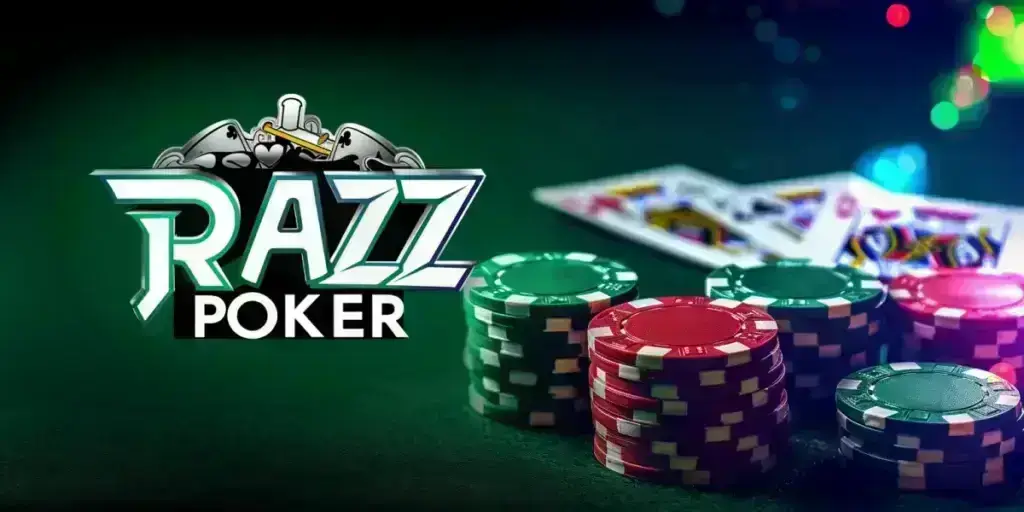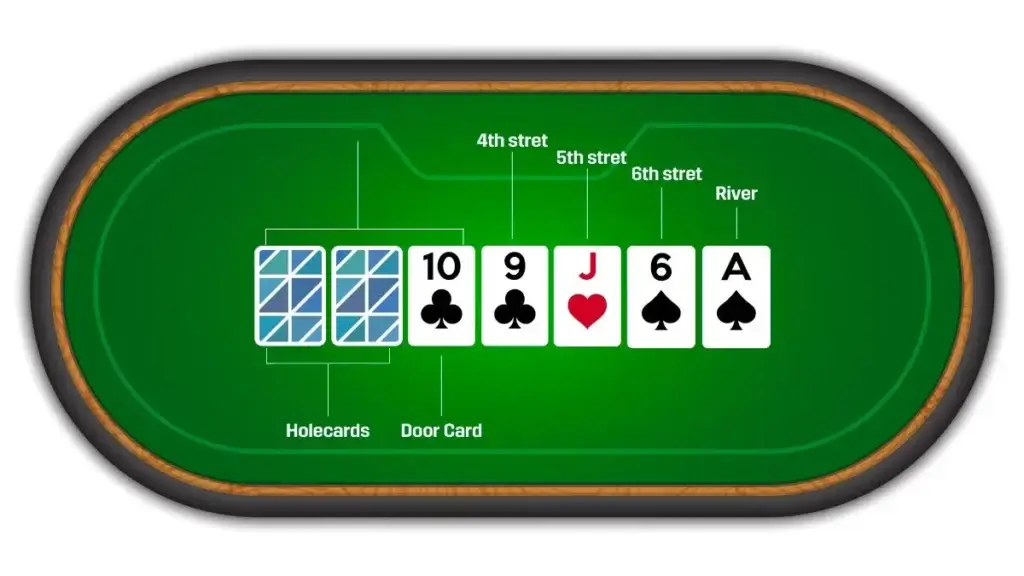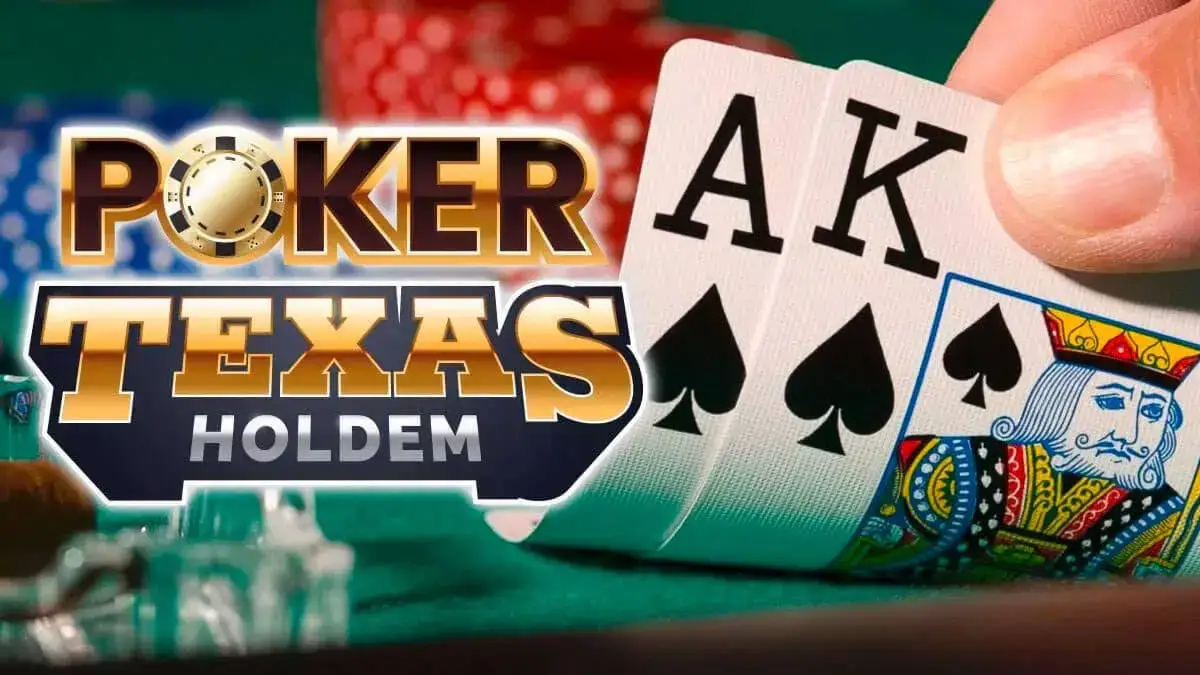Razz Poker is one of the most unique and interesting variants of the game. Unlike the usual versions, where the strongest combination wins, here the winner is the player with the weakest hand. How is this possible? It’s all about the rules and specifics of the game, which captivates with paradoxical logic and requires from the participants not only strategic thinking, but also real courage. In this article, we will tell you how to play Razz Poker to become a master of this unique art.
Razz Poker Rules: How Not to Get Confused
Razz is a type of Stud Poker, where players are dealt seven cards, and the winner is the one with the lowest combination. At the beginning, each participant receives two cards face down and one card face up. Five betting rounds follow.

Players are dealt seven cards, but it is important that the weakest hand wins – you need to avoid pairs and try to collect as many scattered cards of the lowest denomination as possible. There are no flushes or straights that could make your hand stronger, like in Texas Hold’em. Playing Razz Poker requires a completely different mindset.
In the process, each participant takes turns making bets, taking into account their open cards and the cards of their opponents. At each new stage of the hand, additional cards are opened, and players evaluate the chances, and then make bets or fold.
How to play Razz Poker and win weak combinations
As mentioned above, the peculiarity of Razz Poker is that it is necessary to form the weakest combination: avoid pairs and high cards. The secret to success is to be able to correctly count cards and evaluate possible combinations of opponents. For example, the ideal hand in Razz is a combination of cards from Ace to Five without matches. Such a set gives the greatest chance of winning.
The player’s task is to monitor what the opponents have in their hands and understand which combinations are unfavorable for them. The more cards of a certain rank you see from your opponents, the lower the probability that the same will come. And this is a chance to win. The rules of Razz Poker suggest that you need to be attentive to each open card and quickly adapt to changes.
How to Play Razz Poker for Beginners: First Steps
 To play Razz poker comfortably, you need to understand the terminology. There are no such concepts as a full house or a street, but there are others. For example, a “street” is a round when players receive another card. “Ante” is a mandatory contribution that each participant makes before the start of the deal. “Third street” is the first stage, when everyone receives two closed and one open card.
To play Razz poker comfortably, you need to understand the terminology. There are no such concepts as a full house or a street, but there are others. For example, a “street” is a round when players receive another card. “Ante” is a mandatory contribution that each participant makes before the start of the deal. “Third street” is the first stage, when everyone receives two closed and one open card.
The more a beginner understands the terminology, the easier it is to navigate the process:
- First street. The participant with the highest open card makes the first bet. If you have a weak card, this is a good sign: you can continue the game.
- Bets and streets. As new cards are received (there will be seven in total), players make bets, assessing their chances and the chances of their opponents.
- Final bet. After receiving the last card, participants make their final bets, after which they open their cards and determine the winner.
It is important not to rush and not to overestimate your capabilities. How should a beginner play Razz poker? You should not make risky bets unless necessary. Use the first sessions to understand your opponents’ logic and master the rules better.
Razz Poker Strategies: How to Turn Weakness into Strength
If your opponents show a lot of low cards, you need to take this into account and revise your strategy. The tactics here are based on the ability to analyze the situation at each stage and change the approach if the situation requires it.
Often, experienced players watch the open cards of their opponents to figure out their possible combinations. If you see that many low cards have already gone, it may be better to bet high – the chances of getting low cards drop sharply.
When and how to change strategy
A participant should change strategy when he sees that the chances of forming a winning combination are decreasing. If you see a lot of the same cards from other players on the first streets, it is worth reducing aggression. An analytical approach to assessing the odds helps you understand whether it is worth continuing or better to fold and wait for a more favorable deal.
Mistakes of beginners in Razz poker and how to avoid them:
- Overestimating the combination. Beginners often make the mistake of seeing low cards and thinking that this is an automatic winning combination. A pair of deuces is still worse than a set of different low cards.
- Ignoring opponents’ bets. Inexperienced players tend to ignore the behavior of their opponents. For example, if someone makes big bets, it may mean that they already have a strong combination.
- Incorrect bets. An error in assessing your chances can lead to betting too much. Ultimately, this leads to losses.
To avoid mistakes, you need to monitor every detail of the game, be attentive to your opponents’ cards and not rush to conclusions.
Razz poker in casinos and online: how to play and the main differences
In land-based casinos, the game becomes more dynamic due to the ability to watch opponents live, read their emotions and draw conclusions based on non-verbal signals. The online format allows you to place bets faster without being distracted by the environment. It provides more tools for analyzing statistics.
People who prefer to analyze the behavior of others are better off playing Razz Poker in a regular room. For those who value speed and accessibility, online platforms will provide all the conditions for a comfortable session.
Advantages and disadvantages of both formats:
- Pros of online: accessibility, speed, the ability to play on several tables at the same time.
- Pros of offline: the ability to “read” opponents, feel the atmosphere, interact with the dealer.
- Cons of online: lack of live communication, it is more difficult to feel the opponent.
- Cons of offline: it takes more time to travel to the casino, the influence of the atmosphere can be confusing.
How to choose a platform for playing online
When choosing a platform for playing online, it is important to pay attention to the site’s reputation, licenses, reviews from other players and the availability of customer support. Licensed establishments that can offer a transparent policy are more reliable. It is also important to pay attention to the bonuses that are provided to new players – they can help at the start.
Conclusion
 How to play poker Razz at a professional level? The answer is simple: learn, analyze your mistakes and don’t be afraid to take risks. Only practice and attention to detail will help you become a master of this amazing and unusual game. Use your knowledge to win the next round.
How to play poker Razz at a professional level? The answer is simple: learn, analyze your mistakes and don’t be afraid to take risks. Only practice and attention to detail will help you become a master of this amazing and unusual game. Use your knowledge to win the next round.

 en
en  de
de  ar
ar  es
es  hi
hi  fr
fr  nl
nl  it
it  pt
pt  el
el 









